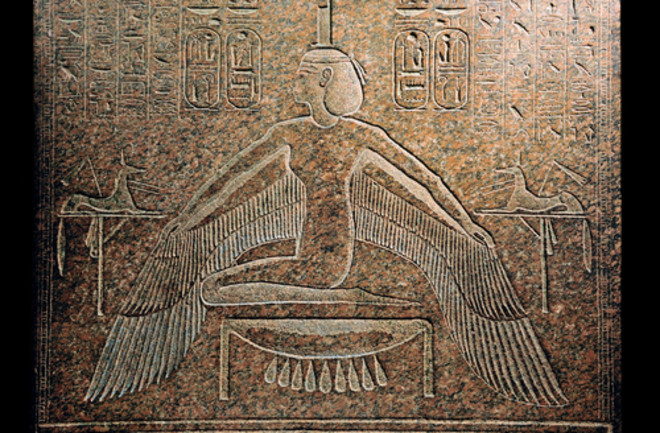Since the invention of writing several thousands of years ago, humans have come up with myriad scripts that turn the phonetic sounds of spoken languages into something visual. Most of these written languages have already been deciphered, from Egyptian hieroglyphics to Maya inscriptions to ancient Chinese writing.
AI is Coming Closer to Deciphering Lost Languages
Jul 18, 2019 3:10 PMMar 21, 2023 8:26 PM

Researchers had a lucky break that helped them crack the code of Egyptian hieroglyphics, like the ones shown on this artifact. But many lost languages remain undeciphered, with no Rosetta Stone to point the way. (Credit: Zoran Karapancev/Shutterstock)
Newsletter
Sign up for our email newsletter for the latest science news
0 free articles left
Want More? Get unlimited access for as low as $1.99/month
Stay Curious
Sign up for our weekly newsletter and unlock one more article for free.
View our Privacy Policy
Want more?
Keep reading for as low as $1.99!
Already a subscriber?
Find my Subscription
More From Discover
Stay Curious
Subscribe
To The Magazine
Save up to 40% off the cover price when you subscribe to Discover magazine.
Copyright © 2025 LabX Media Group
